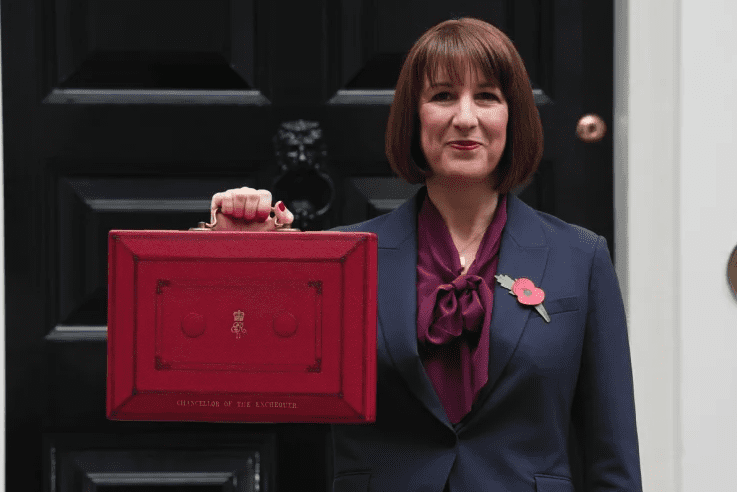
Connor MacDonald
Head of Economics and Social Policy (2022-2023)
The British labour market is one of the most flexible in the world, and this is a major economic asset. As a Policy Exchange report noted at the height of the pandemic, the British labour market withstood that shock remarkably well, and indeed labour’s share of national income has been stable over the last two decades while it has shrunk in many of our peer economies.
However, like many other advanced economies, the labour market is at the moment extremely tight. The US Bureau of Labor Statistics’ latest figures show 10.6 million vacancies. The latest quarterly job vacancy figures in the UK has reached a record 1.25 million, an increase of 462,000 from the pre-pandemic period to March 2020. The steep rise in the ONS table below demonstrates the scale of the problem and its relative rapidity.
Figure 1 ONS
At the same time, COVID-19 has, over the last two years, significantly changed the economy, in what’s called a reallocation shock. That means that some business models are becoming unviable and others more viable, and as a result there is significant sectoral change.
In that context, it’s right that DWP is incentivising wider job searches through the Way to Work programme, announced this week. The aim is to get 500,000 Universal Credit claimants into work, by expecting claimants to expand their job search from their previous occupation or sector from week 4 rather than three months. This will be accompanied by increased time spent face to face with a Work Coach. This part of the announcement should in particular be welcome.
Way to Work should encourage claimants into work while also helping to add the supply constraints around labour. However, the Government should go further in the coming weeks given the extent of the vacancy challenge. The last thing the British economy needs is a wage-price spiral.
Another point that the Government needs to consider is that, despite vacancies, competition for jobs may not be even across the board. For example, recent IFS research indicates that while vacancies in the lowest paying third of occupations have increased 19 percent on pre pandemic figures, for the majority of unemployed workers competition for relevant new job openings is at least 10 percent greater. This research was published before the end of furlough, suggesting that competition has only gotten stiffer.
Even more complicatedly, the Institute for Employment Studies has published research indicating that, while the number of unemployed people per vacancy has fallen to the lowest level in fifty years, there are also more than million fewer people in the labour force than we would have expected before the pandemic.
This unevenness suggests that the Government needs to do more than simply expand the labour supply, which appears to be Way to Work’s primary aim. The Government should embrace alternative approaches that also expand employment opportunities in a wide variety of ways, and not just use measures that may end up encouraging workers into lower paid, currently less competitive, sectors. Given the Government’s stated aim to create a high wage economy, pushing those on UC into lower paying work than previous could end up being self-defeating without a wider suite of measures.
Instead, as Policy Exchange suggested last year, more vigorous labour market interventions would be welcome, including the re-establishment of a public employment service. In the past, such initiatives have been particularly targeted at school leavers, but it should be expanded across ages and professions. Given the disparate impact the pandemic has had geographically, and given the imminent Levelling Up white paper, the Government should consider, as laid out int the report, partnering with local government to have the finest-grained local job data possible.
The Government has also recently discontinued the New Enterprise Allowance, which helps those on benefits get into work by starting their own business. Policy Exchange proposed expanding this programme at the height of the pandemic, and, given the high number of economically inactive people currently, the Government should consider restarting the initiative. Previous iterations of the programme had particular success with the young, and this is particularly important given the proportion of economically inactive and non-enrolled young people has risen to the highest level since the middle of 2020. That trend needs to be arrested as soon as possible.
What is clear though is that the labour market vacancies are significant, shared amongst advanced economies and, at least currently, does not lend itself to easy solutions. DWP’s policy shift is a good start, but Government, like its peers, will have this issue in its in-tray for a long while to come.



